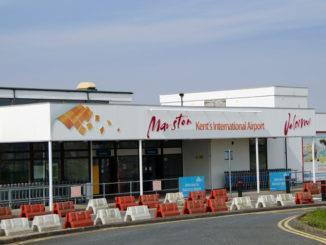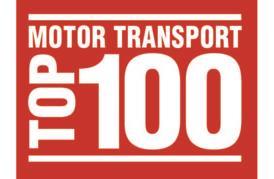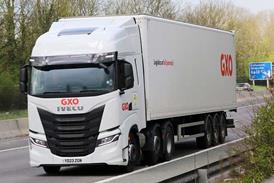
A plan to transport freight from Manston Airport to the capital by electric vehicle to Ramsgate Port and onwards to London via the River Thames is being discussed by The Port of London Authority (PLA) and airport owners RiverOak Strategic Partners (RSP).
RSP is currently applying for a development consent order to create an air cargo hub at the Manston airport site. A decision from the DfT is expected on 18 May.
The developer plans to reopen and develop Manston Airport into a dedicated air freight facility able to handle at least 10,000 air cargo movements per year while also offering short passenger flights.
If DCO approval is given in May, RSP aim to start construction in 2021 and complete a large part of the development by early 2023.
RSP director Tony Freudmann told KentOnline: “Freight would arrive at Manston, be trucked to the Port of Ramsgate and transferred by electric powered vessels. They will sail from the Port of Ramsgate, round the Thames and up to London. We have discovered there are up to 50 wharves in London available for this type of thing.
The PLA confirmed it is in discussions with RSP. A spokesman said the talks are “at a very early stage – we are scoping out the types of cargo that might be moved into London from Thanet in this way.
Read more
- FTA backs Manston Airport as vital temporary contingency for Operation Stack
- DfT refuses to disclose cost of using Manston Airport as Operation Stack alternative
- DfT under fire over Brexit ferry deals as FTA prepares for the worse and Manston contingency is extended
“However the PLA always welcomes constructive approaches to make more use of the Thames for waterborne freight – not least as part of other successful initiatives to get lorries and vans off the busy roads and motorways of London and the South East.”
Ramsgate Town Council clerk Richard Styles said the River Thames freight proposal questioned the feasibility of moving cargo through what he described as a “sclerotic” road network to Ramsgate Port and queried the potential cost and delays created by the transhipping involved.
He also questioned how the airport would comply with the government’s obligation to cut emissions, highlighted by the recent legal challenge to Heathrow’s expansion plans.
He said: “Aviation has a considerable problem in being carbon neutral, because it requires a lot of power and fuel to fly large numbers of passengers and freight over long distances.
“In my view Manston stands or falls on its business case and its ability to reduce its carbon footprint to zero by 2050. This is a tall order and proposals like this are not likely to go far.”
















